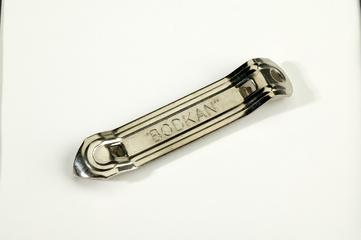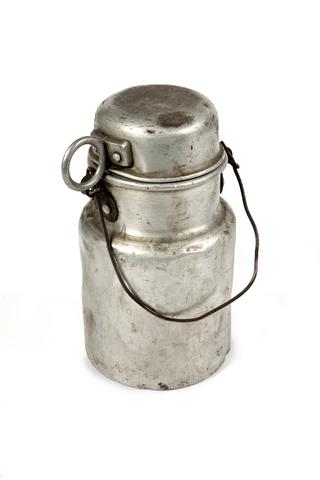
Chondrite meteorite
Meteorite
What is it?
A Chondrite, a type of stony meteorite.
Background.
This is an NWA 869 meteorite, part of a large fall of meteorites that was discovered in 1999 in the Sahara Desert in Northwest Africa.
This meteorite’s journey would have started extremely far away, probably as a meteoroid that had broken off a larger asteroid, a large rock floating through, when another asteroid bumped into it.
• Meteoroids are small rocks floating through space, as small as grains of sand or as big as a metre across.
• When meteoroids enter the Earth’s atmosphere at high speed, they burn up to form meteors – also known as shooting stars.
• Most meteors are vaporized as they fly through the atmosphere, but a few pieces survive to land on Earth – these are called meteorites.
NWA 869 is quite an unusual meteorite and scientists think it may have been formed when meteoroids crashed into an asteroid in space, resulting in a mix of materials from different sources.
This is an ordinary chondrite, like about 80% of meteorites. Chondrites are stony meteorites mostly made up of grains of dust that have been forced together by gravity, making them mostly made of silicate materials, but they also contain small quantities of other minerals, like iron.
NWA 869 is thought to have landed on Earth between 700 and 4,400 years ago. However, it is much older than that. The asteroids that meteorites broke off originally formed about 4.6 billion years ago. By studying meteorites scientists can learn about what the solar system was like billions of years ago.
About 44 tonnes of meteoric materials fall on the Earth each day, but most of this material is vapourised as it falls through Earth’s atmosphere. Metroids travel through the vacuum of space at tens of thousands of miles an hour. Because they are moving so fast, they heat up to as much 1,600 degrees Celsius when they hit our atmosphere, causing most of the meteor to burn up and leaving a thin, shiny fusion crust on the outside of many meteorites.
Details
- Category:
- Handling Collection
- Object Number:
- E2024.0269.1
- Materials:
- metal (unknown) and silicon
- Measurements:
-
overall: 17 mm x 25 mm x 22 mm, 10 g
- type:
- rock




